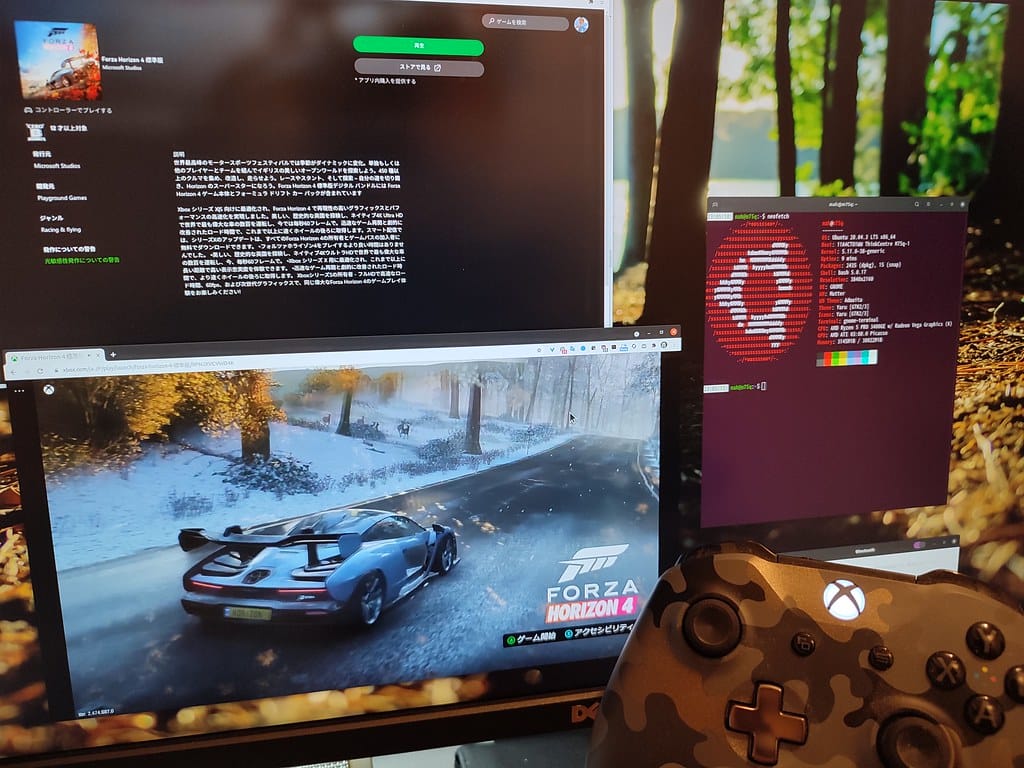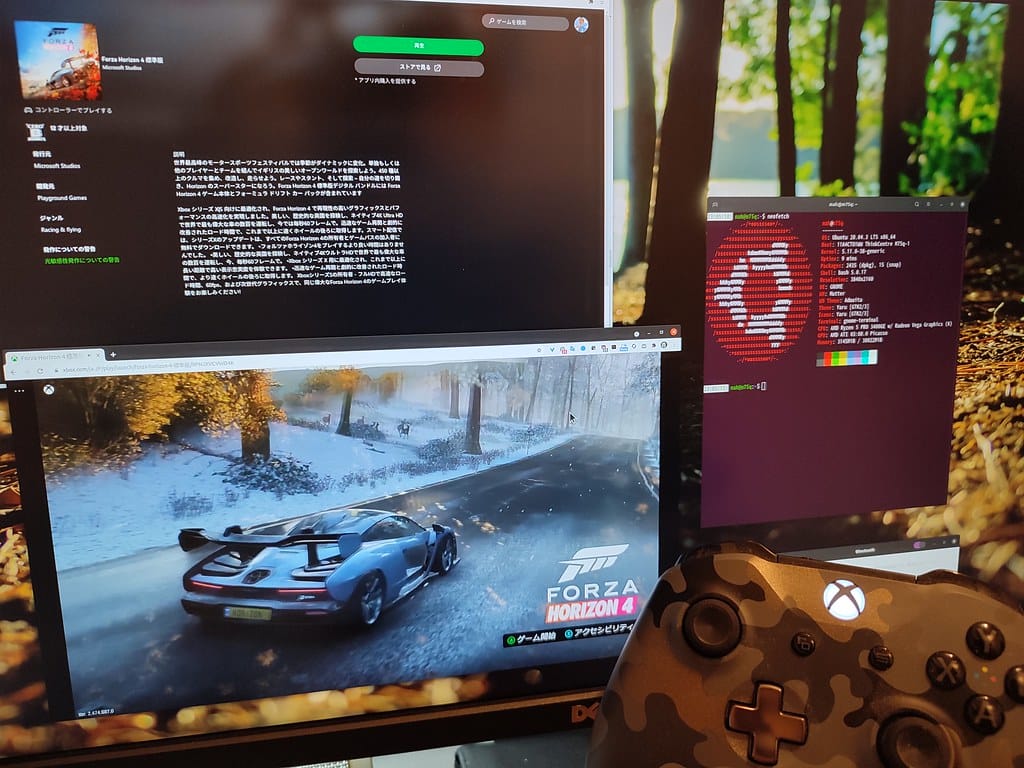Xbox Cloud Gaming Revolution: Seamless Play Across Every Screen You Own
Microsoft is preparing to unleash a gaming experience that could fundamentally change how we think about playing our favorite titles. The tech giant is developing technology that will allow Xbox Cloud Gaming to seamlessly follow players across Xbox consoles, PCs, and Windows handheld devices, creating an unprecedented level of continuity in gaming.
Breaking Down Device Barriers
The announcement signals Microsoft's ambitious vision for a truly unified gaming ecosystem. Soon, players will be able to start a game on their Xbox Series X in the living room, continue playing on their laptop during a commute, and pick up exactly where they left off on a Windows handheld device without missing a beat.
This isn't just about convenience—it's about reimagining gaming as a service that transcends hardware limitations. The technology leverages Microsoft's robust Azure cloud infrastructure, which already powers Xbox Cloud Gaming for over 100 million Game Pass subscribers worldwide.
Technical Innovation Behind the Magic
Cloud State Synchronization
The system works by continuously syncing game states across Microsoft's cloud servers. When a player switches devices, the cloud maintains their exact progress, including save files, achievements, and even real-time game sessions. This goes beyond traditional save file syncing—it's live game state preservation.
Optimized Performance Across Devices
Microsoft has been quietly optimizing its cloud gaming technology for different device types. Xbox consoles receive priority bandwidth allocation, while PCs benefit from enhanced graphics processing, and handheld devices get battery-optimized streaming protocols.
Market Impact and Competition
Steam Deck's Influence
The success of Valve's Steam Deck, which has sold over 3 million units since launch, has clearly influenced Microsoft's strategy. Windows handheld devices like the ASUS ROG Ally and upcoming devices from MSI and Lenovo are creating a new gaming category that Microsoft wants to dominate.
Cloud Gaming Growth
The cloud gaming market is projected to reach $23.4 billion by 2030, with Microsoft currently holding approximately 60% market share through Xbox Game Pass Ultimate. This cross-device initiative could solidify their leadership position against competitors like NVIDIA GeForce Now and Google Stadia's successors.
Real-World Applications
Imagine starting a boss fight in Halo Infinite on your Xbox, pausing mid-battle to catch a flight, then resuming the exact same encounter on a handheld device during your journey. Or collaborating with friends in Minecraft while seamlessly switching between your gaming rig and a portable Windows device.
Early beta testers report transition times of just 15-30 seconds between devices, with game states preserved down to the last bullet fired or block placed.
Challenges and Considerations
Network Requirements
The system demands robust internet connectivity across all devices. Microsoft recommends minimum 20 Mbps download speeds for optimal performance, which could limit accessibility in areas with poor internet infrastructure.
Battery Life Implications
Streaming games to handheld devices typically consumes more battery than native gaming. Microsoft is working with hardware partners to implement power management features specifically for cloud gaming scenarios.
What This Means for Gamers
This development represents a significant shift toward gaming as a truly portable, device-agnostic experience. For busy professionals, students, and anyone who games across multiple locations, it eliminates the frustration of being tied to a single device or losing progress when switching platforms.
The feature also opens new possibilities for game developers, who can design experiences knowing players might seamlessly transition between big-screen console gaming and intimate handheld play.
The Bigger Picture
Microsoft's cross-device cloud gaming initiative is more than a technical upgrade—it's a strategic move toward making gaming truly ubiquitous. By removing friction between devices, Microsoft positions itself at the center of how future generations will consume interactive entertainment.
As 5G networks expand and edge computing improves, this technology could eventually extend to smartphones, tablets, and smart TVs, creating an ecosystem where any screen becomes a potential gaming device. For Microsoft, success here could mean defining the next era of gaming, where the question isn't what device you're using, but simply: are you ready to play?

